Checking out one of our (literally) flashier Fantastic Freshwater species.
Meet the Kumejima firefly
In springtime, the nights in Kumejima are brought to life with the bright green glow of native fireflies. Discovered in 1993, the Kumejima firefly (Luciola owadai) is one of our (literally) flashier Fantastic Freshwater species.
With an adult life span of less than two weeks, impactful flirtation is critical for the nocturnal species. Males will travel in groups and emit their light in one burst to attract a mate. This display is as enchanting as it is effective, with females going on to lay an impressive 300-500 eggs, which emit a faint yellow glow.
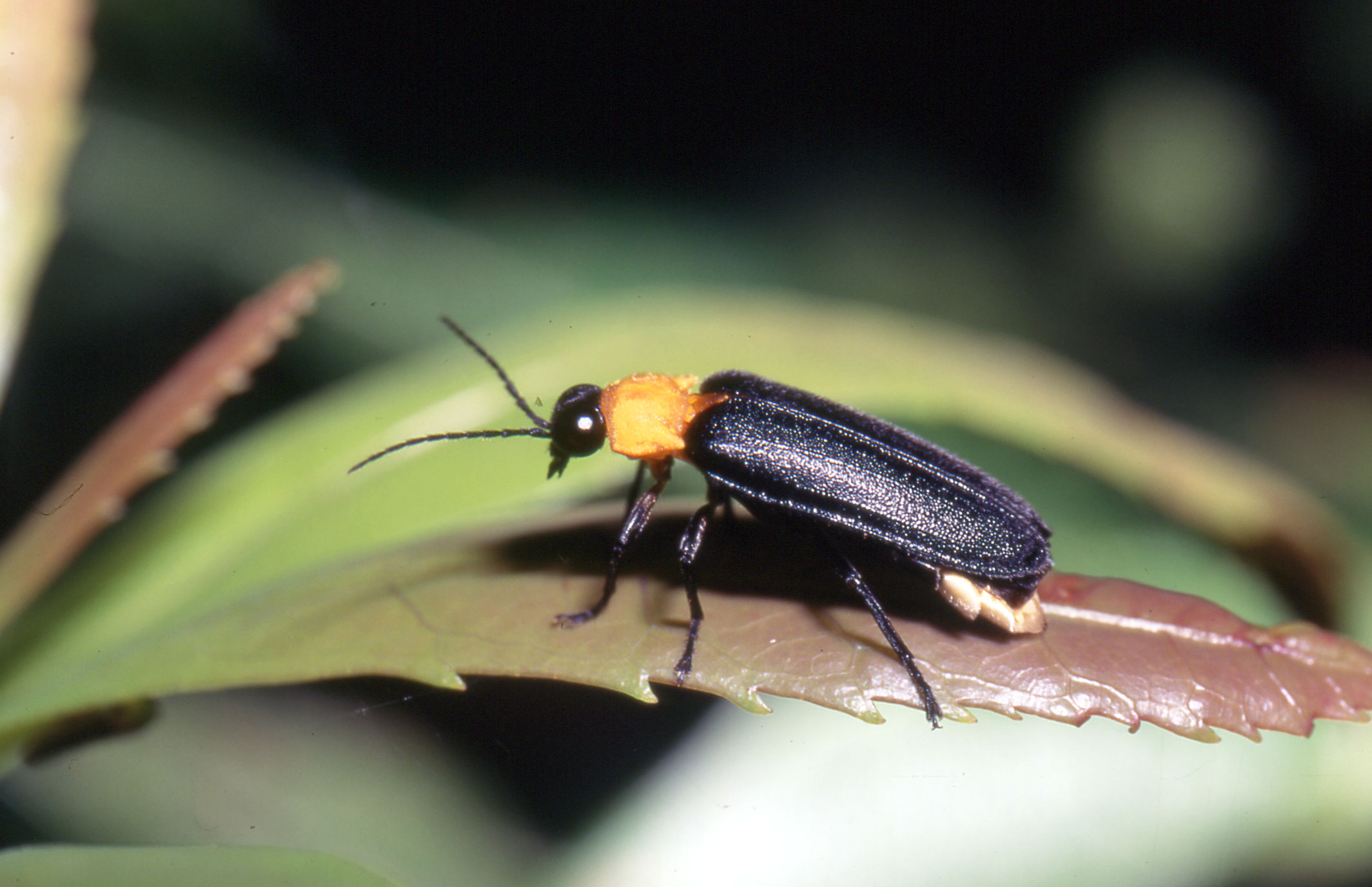
Shine a light on the threats
The Kumejima firefly is one of the 50 landmark species at high risk of extinction identified in SHOAL’s Fantastic Freshwater* report. Published on 19th May 2022 (International Day for Biodiversity), Fantastic Freshwater highlights the diversity and beauty of freshwater species and the immense threats they face to their survival.
Found along the streams of Kume Island, the Kumejima firefly makes its home where the riverside vegetation is dense and covered by evergreen broadleaf trees. Like many of our Fantastic Freshwater species, threats to the Kumejima firefly are largely a result of degradation of their habitat.
The species is being threatened by:
- The streams where the species lives have experienced decreased stream flow and deterioration of riverside vegetation due to water source development
- A change in cultivated land from rice farming to sugar cane fields has caused the runoff of large amounts of red clay
- Environmental changes causing a decrease in their prey, freshwater snails
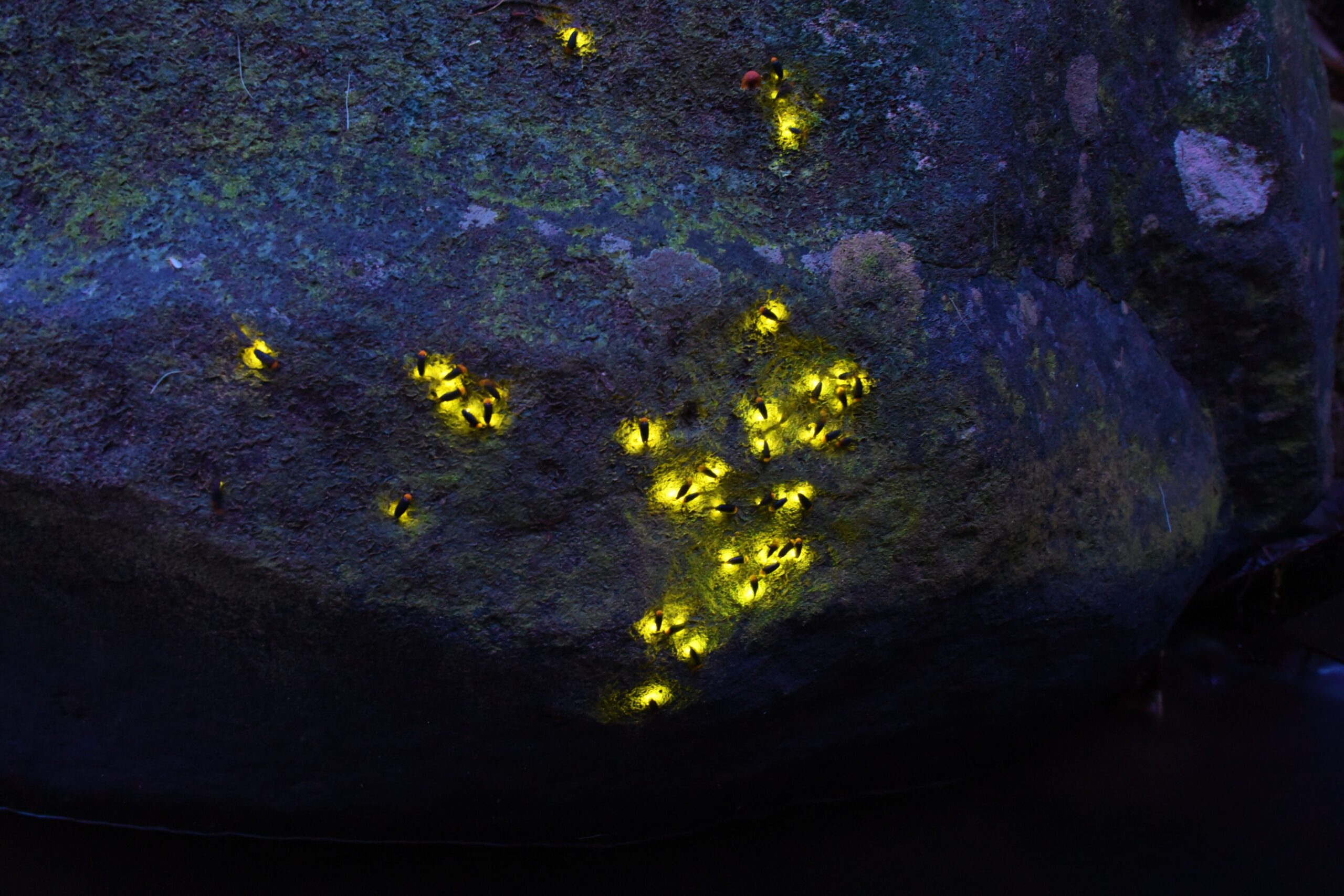
Light at the end of the tunnel
Despite not yet being assessed for the IUCN Red List, the Kumejima firefly is on Japan National Red List (2016) with the Japan Ministry of the Environment describing the species as Critically Endangered.
Local action to conserve the species is led by the Kumejima Firefly Museum, established in 2000. The museum staff work alongside local volunteers to address the conservation needs of the species by recovering and maintaining the stream and biotope environments nearby.
If you want to support the work SHOAL are doing to conserve freshwater species through action-driven conservation donate here and don’t forget to subscribe to our newsletter The Stream to get all the latest freshwater news straight to your inbox
*The Fantastic Freshwater: 50 landmark species for conservation report is led by SHOAL, the IUCN Species Survival Commission (SSC), the IUCN SSC Freshwater Conservation Committee, and the Global Center for Species Survival at the Indianapolis Zoo.
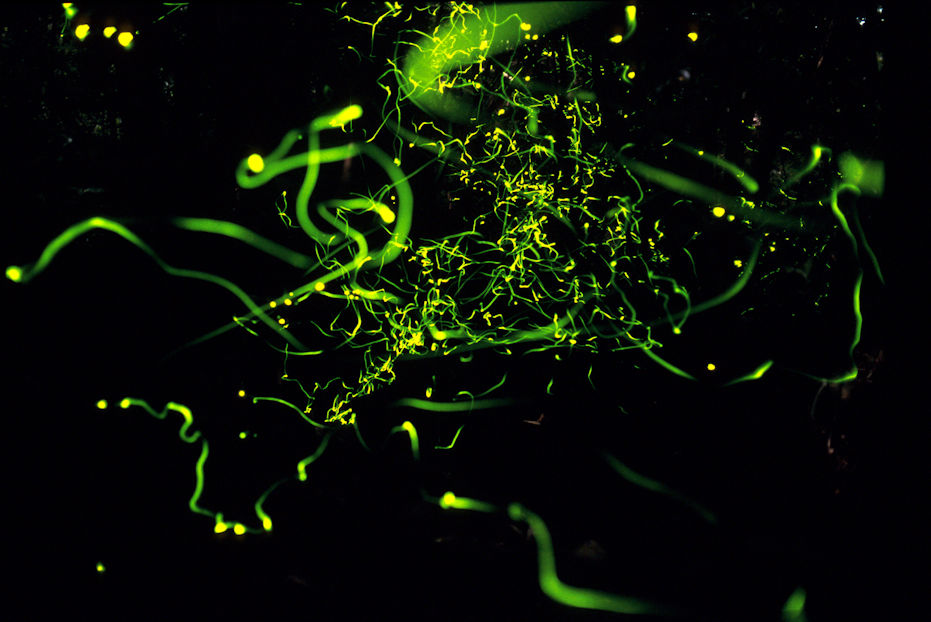
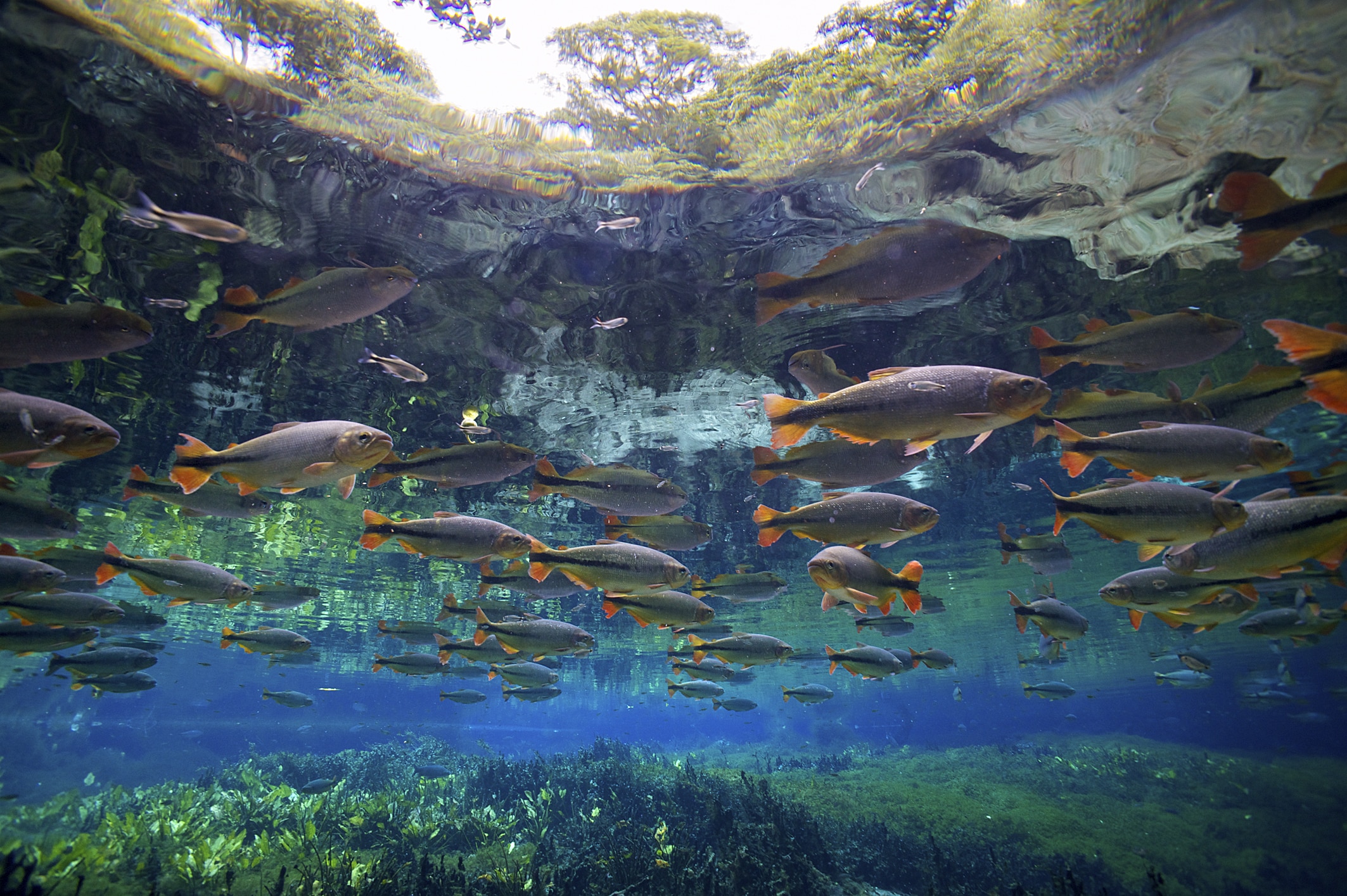
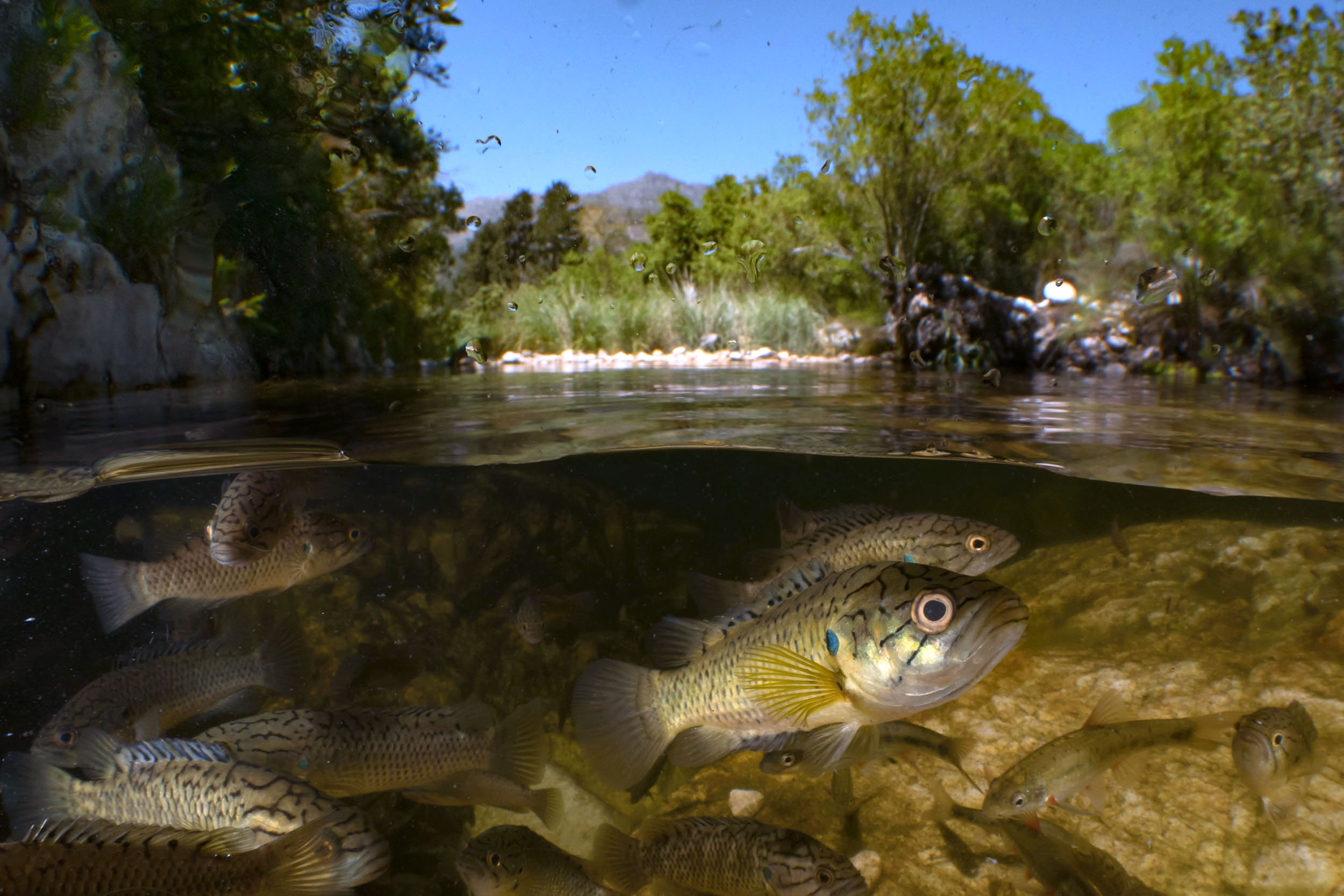
)
)
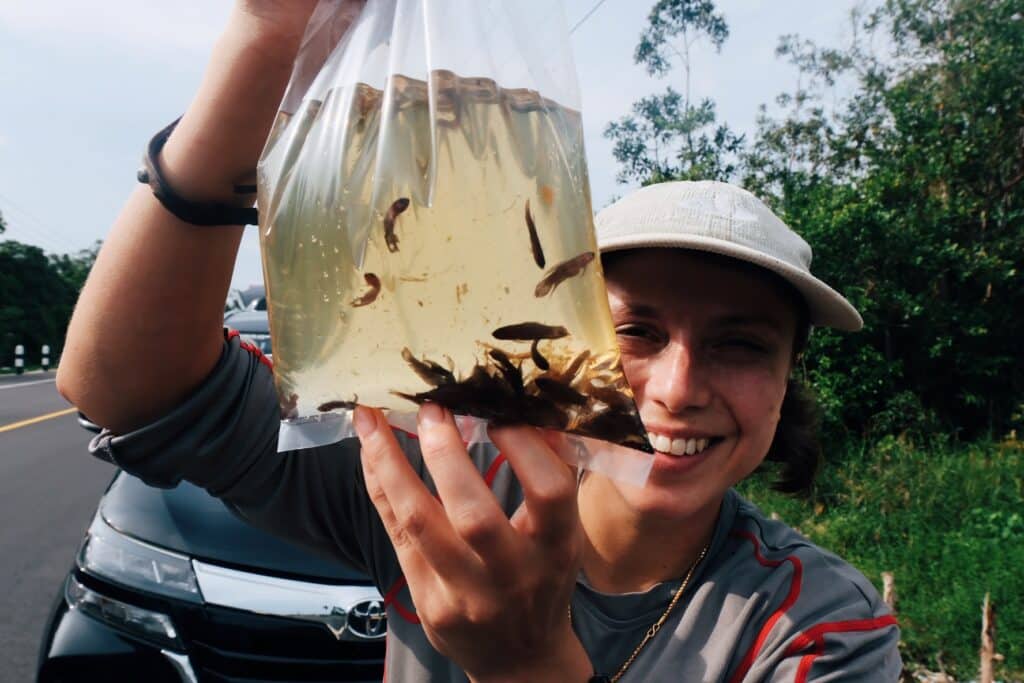)
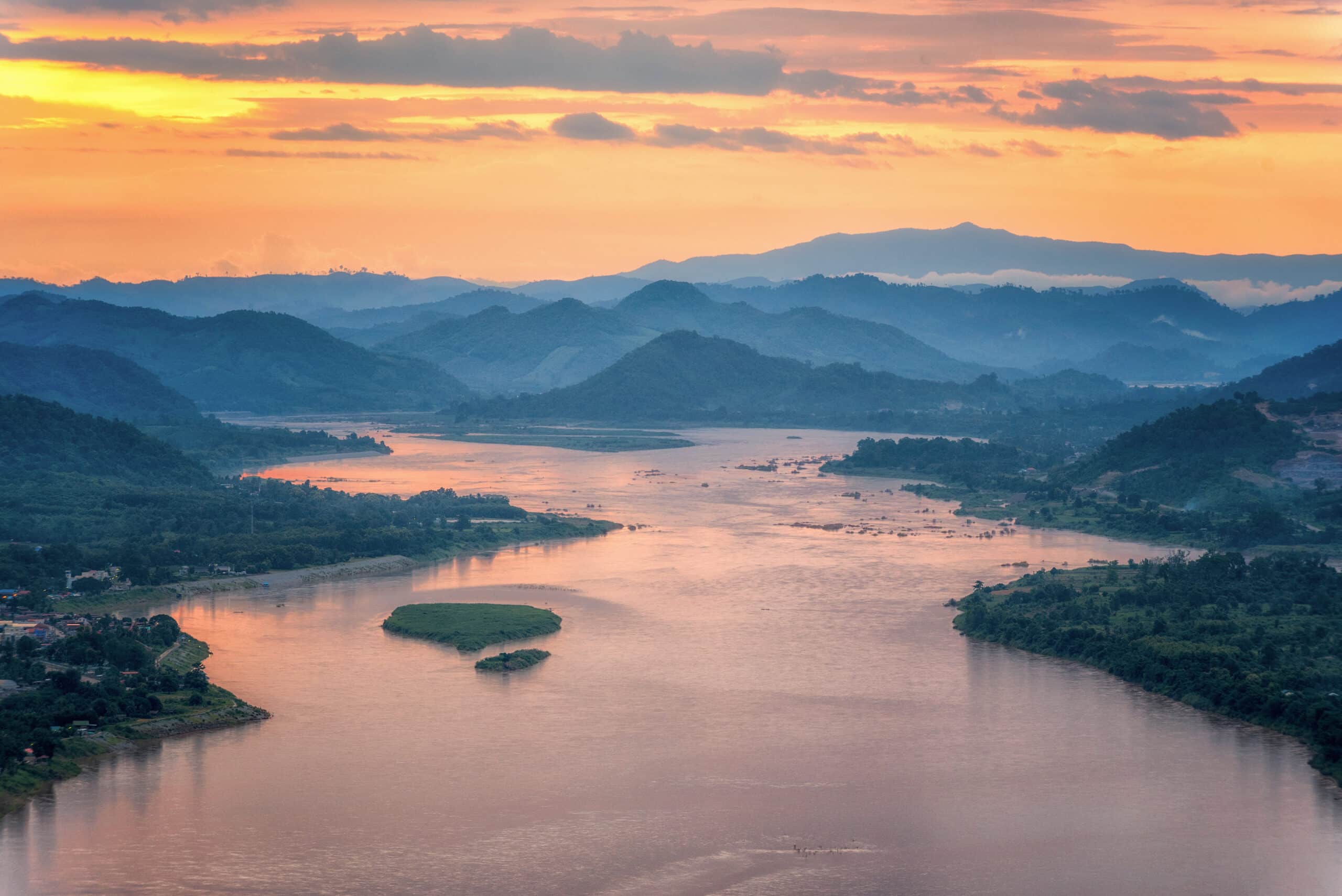
)
)
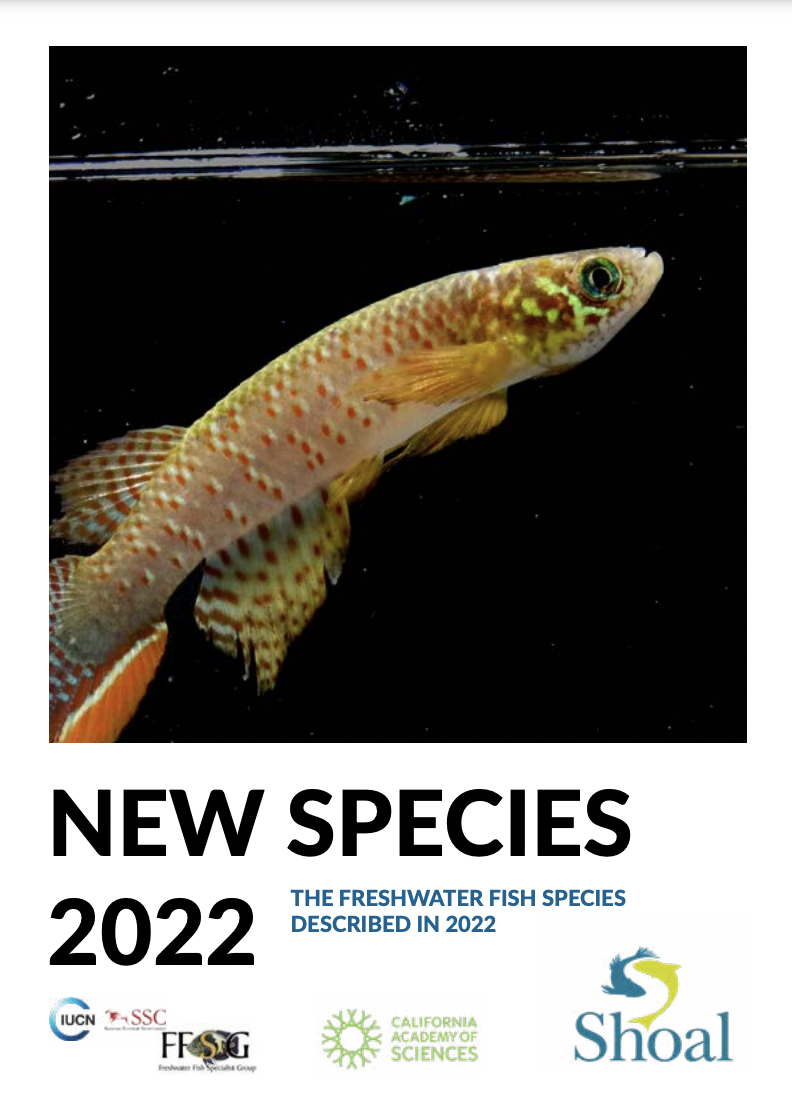
)
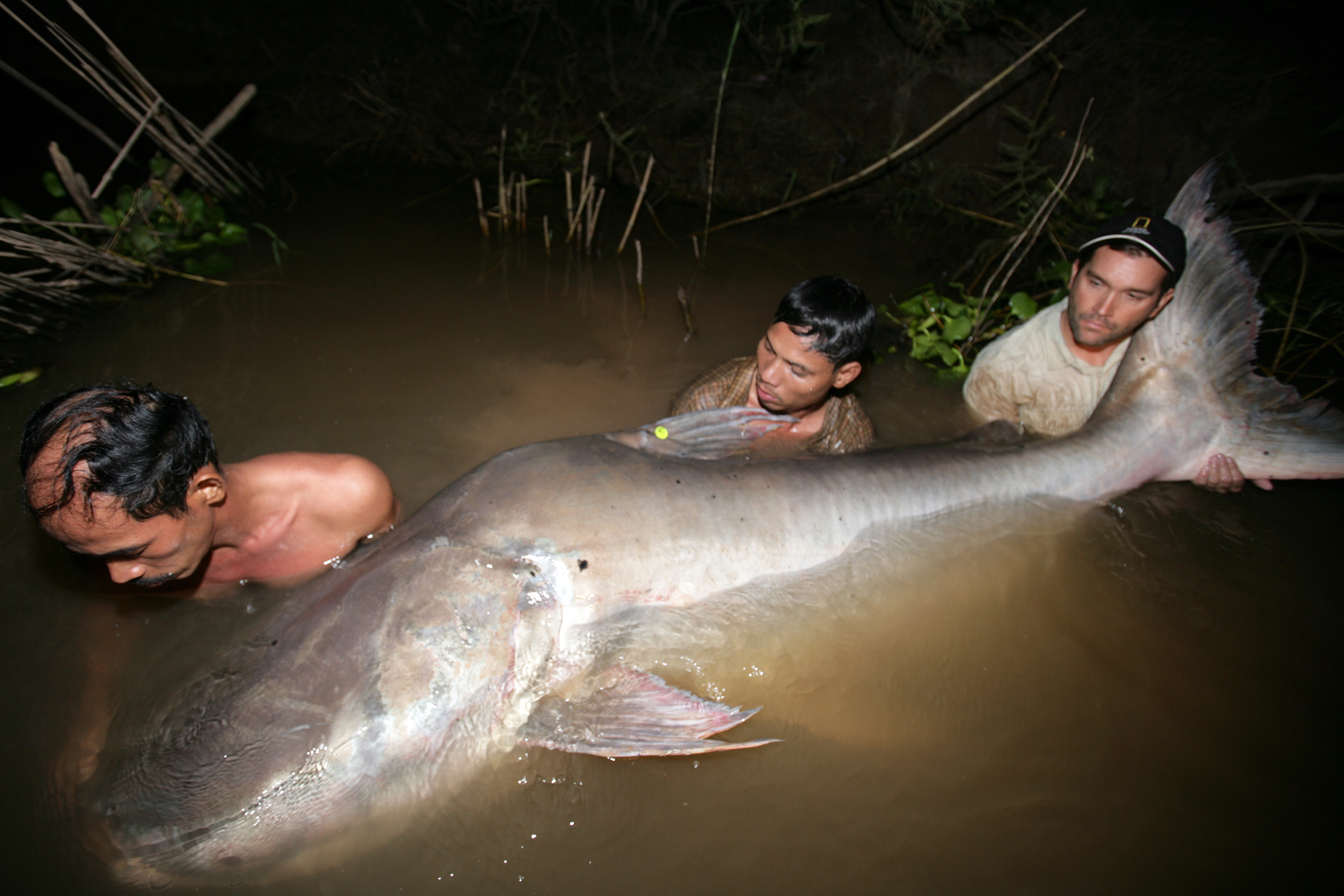

)
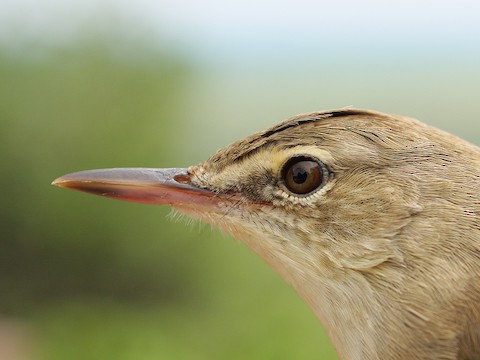
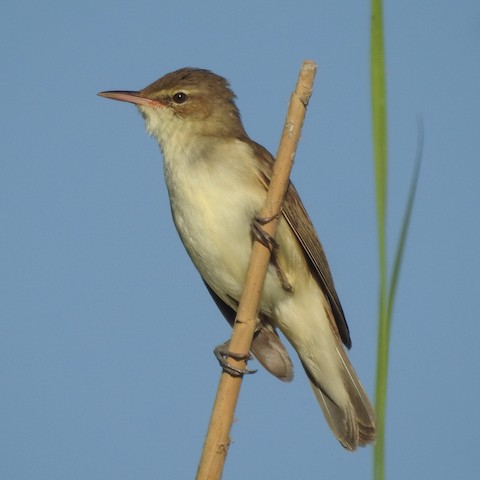
)
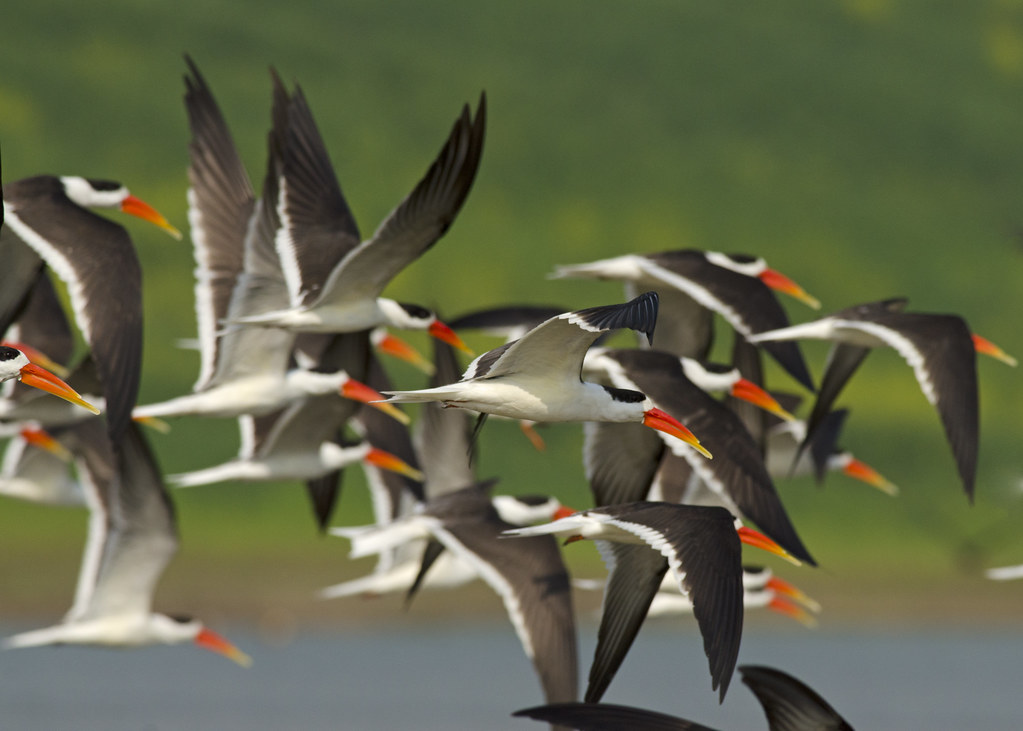)
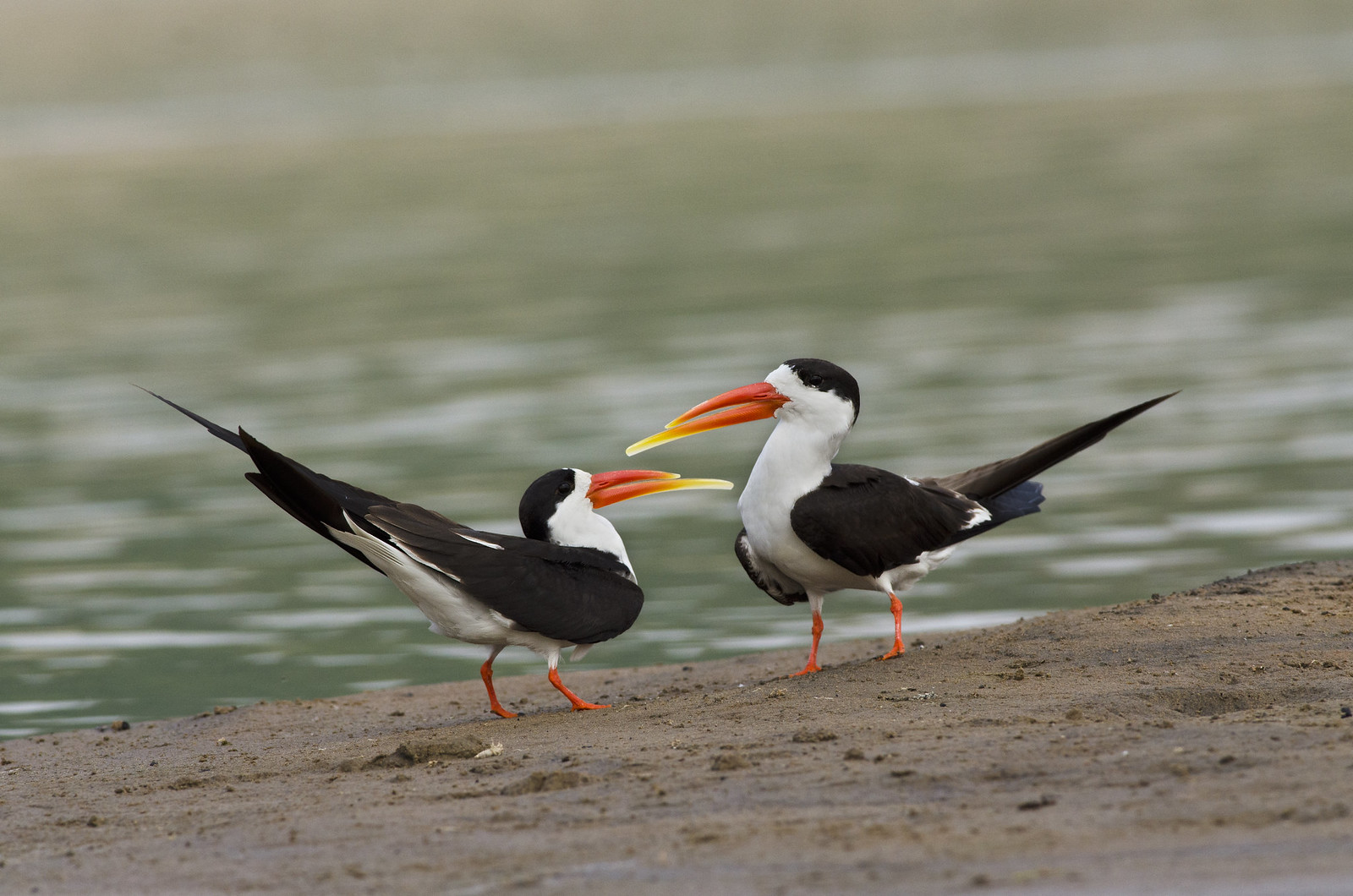

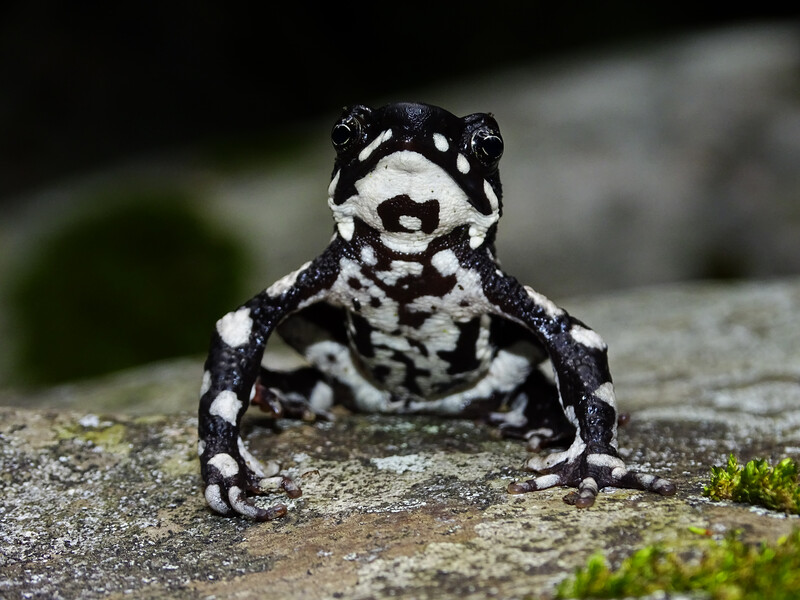)
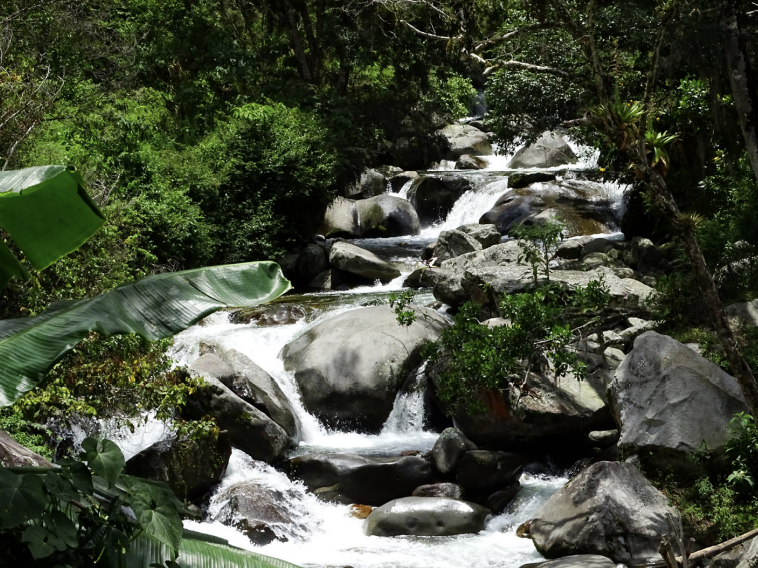
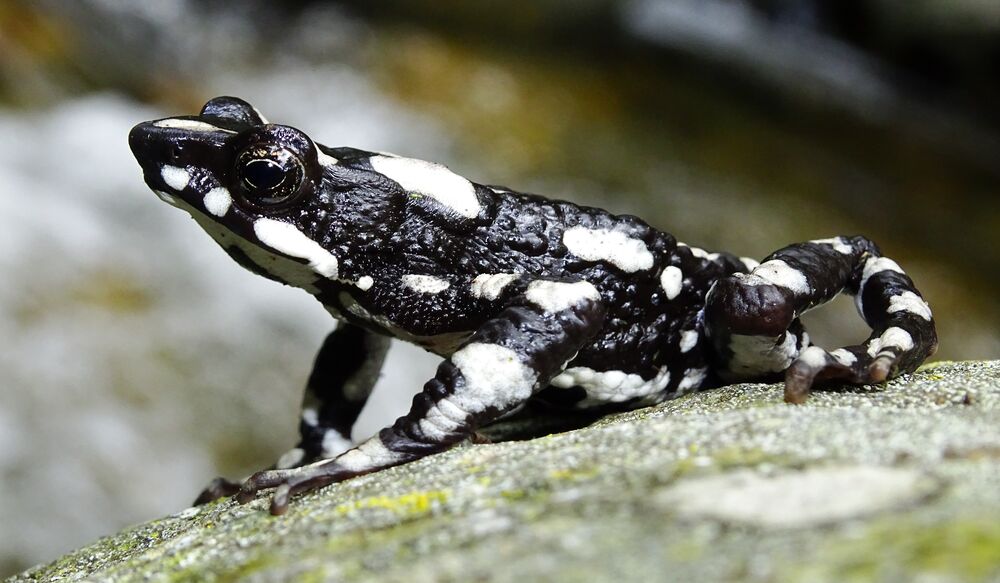
)
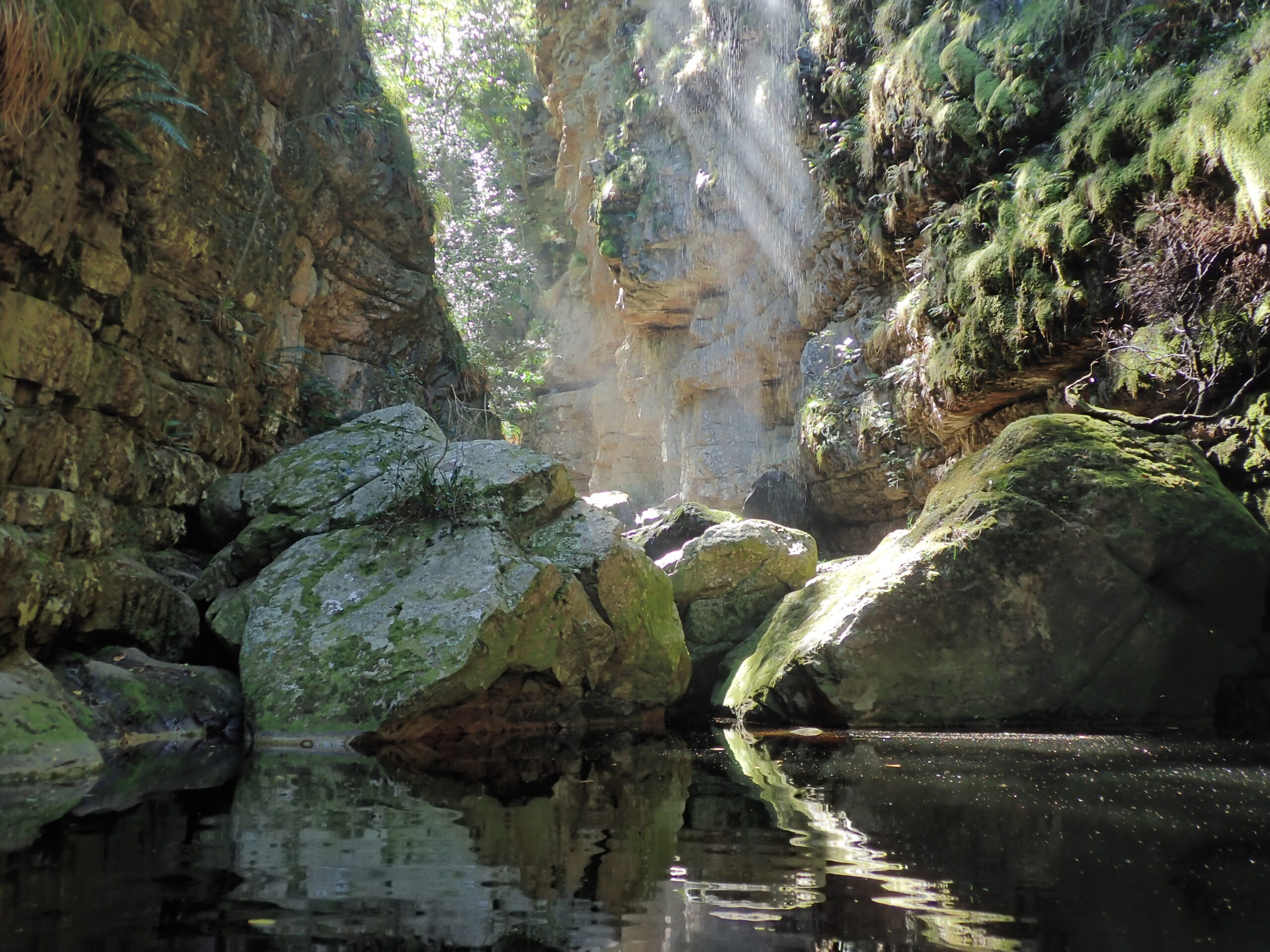
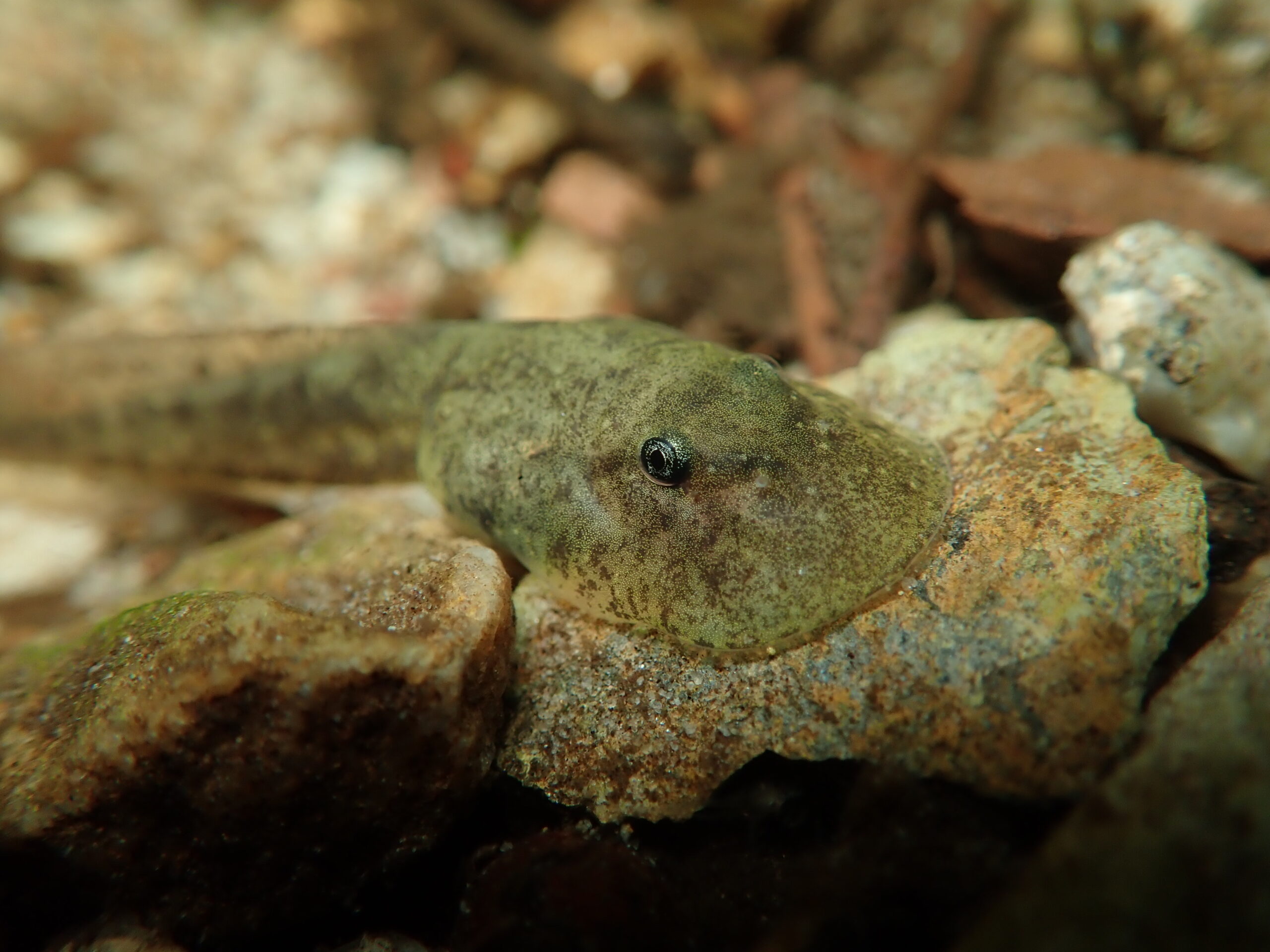

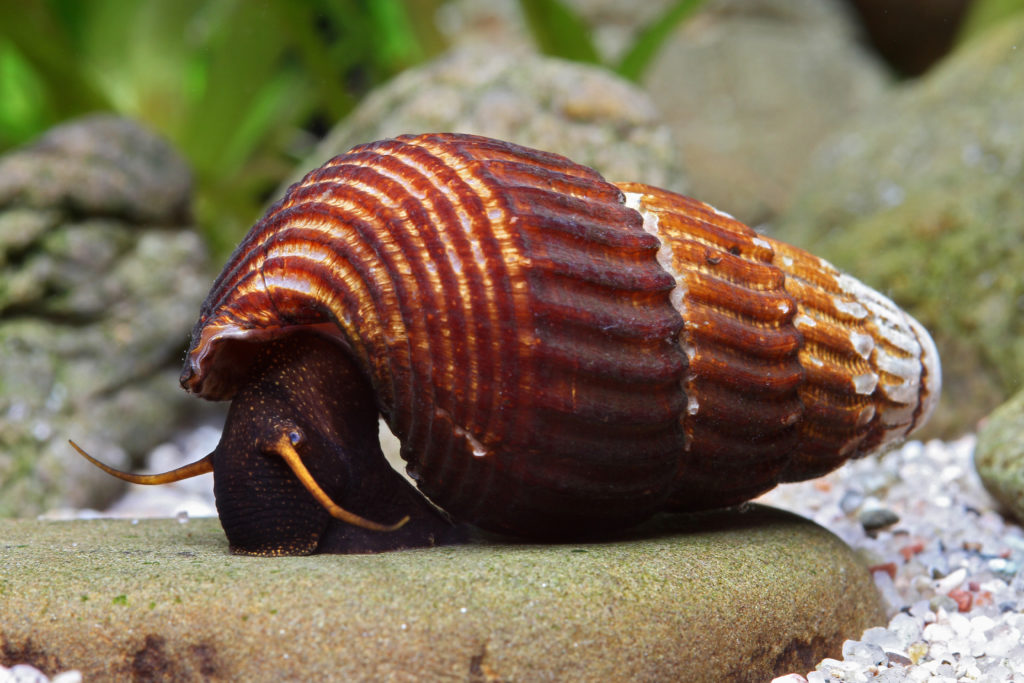)
